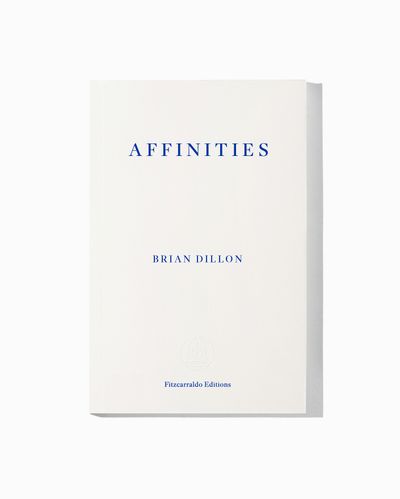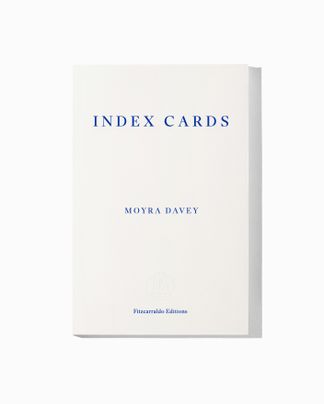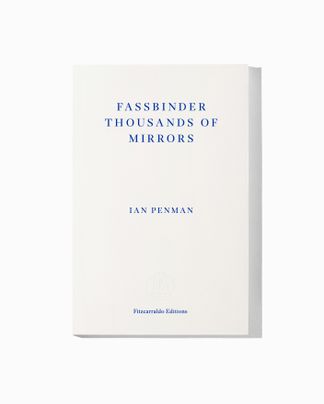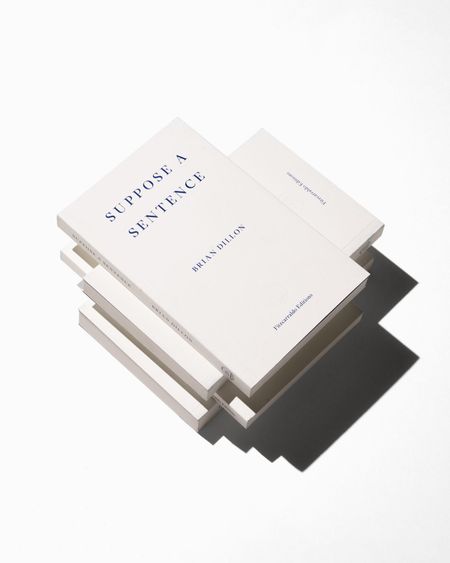Listen to Brian Dillon in conversation with Chris Power here.
What do we mean when we claim affinity with an object or picture, or say affinities exist between such things? Affinities is a critical and personal study of a sensation that is not exactly taste, desire, or allyship, but has aspects of all. Approaching this subject via discrete examples, this book is first of all about images that have stayed with the author over many years, or grown in significance during months of pandemic isolation, when the visual field had shrunk. Some are historical works by artists such as Julia Margaret Cameron, Dora Maar, Claude Cahun, Samuel Beckett and Andy Warhol. Others are scientific or vernacular images: sea creatures, migraine auras, astronomical illustrations derived from dreams. Also family photographs, film stills, records of atomic ruin. And contemporary art by Rinko Kawauchi, Susan Hiller and John Stezaker. Written as a series of linked essays, interwoven with a reflection on affinity itself, Affinities is an extraordinary book about the intimate and abstract pleasures of reading and looking.






